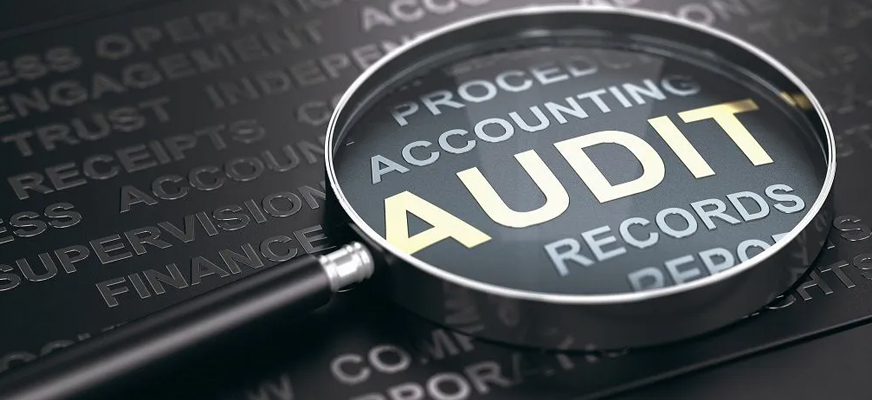Over the span of our finance careers, we've mostly heard about Internal Audit and Statutory Audit, but there's a relatively new way to audit that's gaining traction called Agile Auditing, so let's learn everything about it.
The term “Agile” can be described as something that is able to move quickly and easily. Further Agility can be defined as mindset and a framework that involves thinking, planning and working differently to deliver results in a timely frequent fashion to help the business mitigate risk faster.
Agile Auditing can be described as process improvement efforts employed by internal audit functions to achieve a more nimble, less wasteful internal auditing process by using agile software development methodologies and an associated mindset shift to achieve more value and agility from the internal auditing process.
When we look at our traditional waterfall approach (traditional internal auditing process) the focus is on improving the process and mitigating the risk by moving from one stage to the other like planning the audit first, then going for fieldwork, review and finally reporting whereas if we talk about Agile Auditing there is no particular requirement to complete one phase at time, here the process is based on flexible, iterative planning on an ongoing basis in “sprints” (short bursts of planning, work, and increased collaboration) and in addition, it focuses on continuous communication and collaboration, both among the audit team and with stakeholders.

